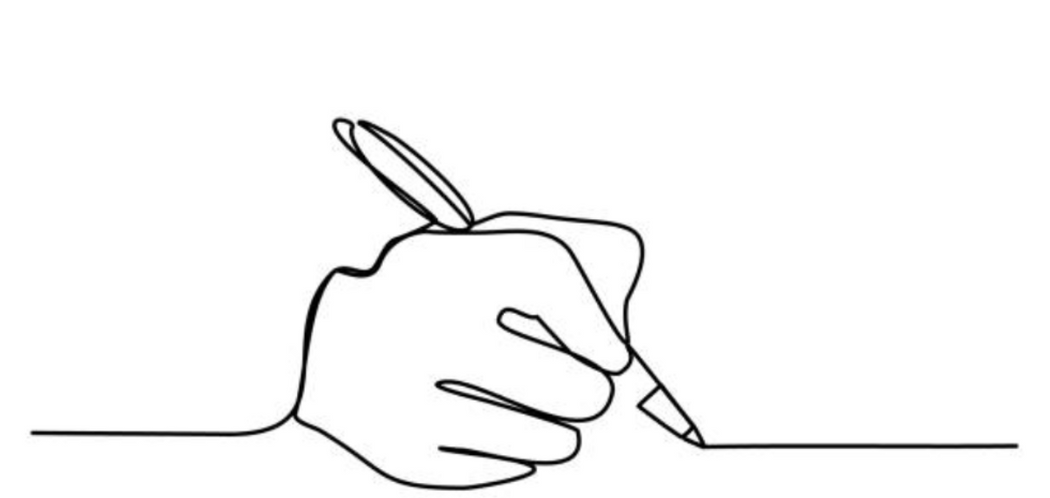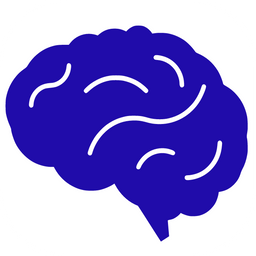KIS Summary:
- There are some questions you have to ask yourself while you read your text.
- Read through your text twice, and annotate with colour codes.
- Example of how I annotate my text provided for reference.
When we read a text we don't just want to be mindlessly reading the words. We need to be reading actively. What does that mean? Well, active reading requires you to think about the message your text is making about society and HOW they are communicating this message. Let me break it down for you in this blog.
Table of Content:
- What should I be Looking out for when Analyzing Texts?
- How should I Annotate my Texts?
- Exemplar Band 6 Analysis
- English Literary Cheat Sheet
- FAQs
What should I be Looking out for when Analyzing Texts?
Whenever you study a text you need to be asking yourself;
- What is the context in which this text is made in?
- Consider significant cultural/social/historical events during the composer's time or any experiences that would influence their purpose and motivation.
- How does this influence the attitudes, perspectives and motivations presented in the text?
- How do these attitudes, perspectives and motivations invite the audience (or you, the reader) to reflect and form a newfound opinion?
- How does the author use form, structure and stylistic devices to achieve its purpose?
How should I Annotate my Texts?
First round of Annotation
That is a lot of things to think about, which is why you ideally want to read over the text twice. The first time I read a text I annotate using the fun colour coding system below:
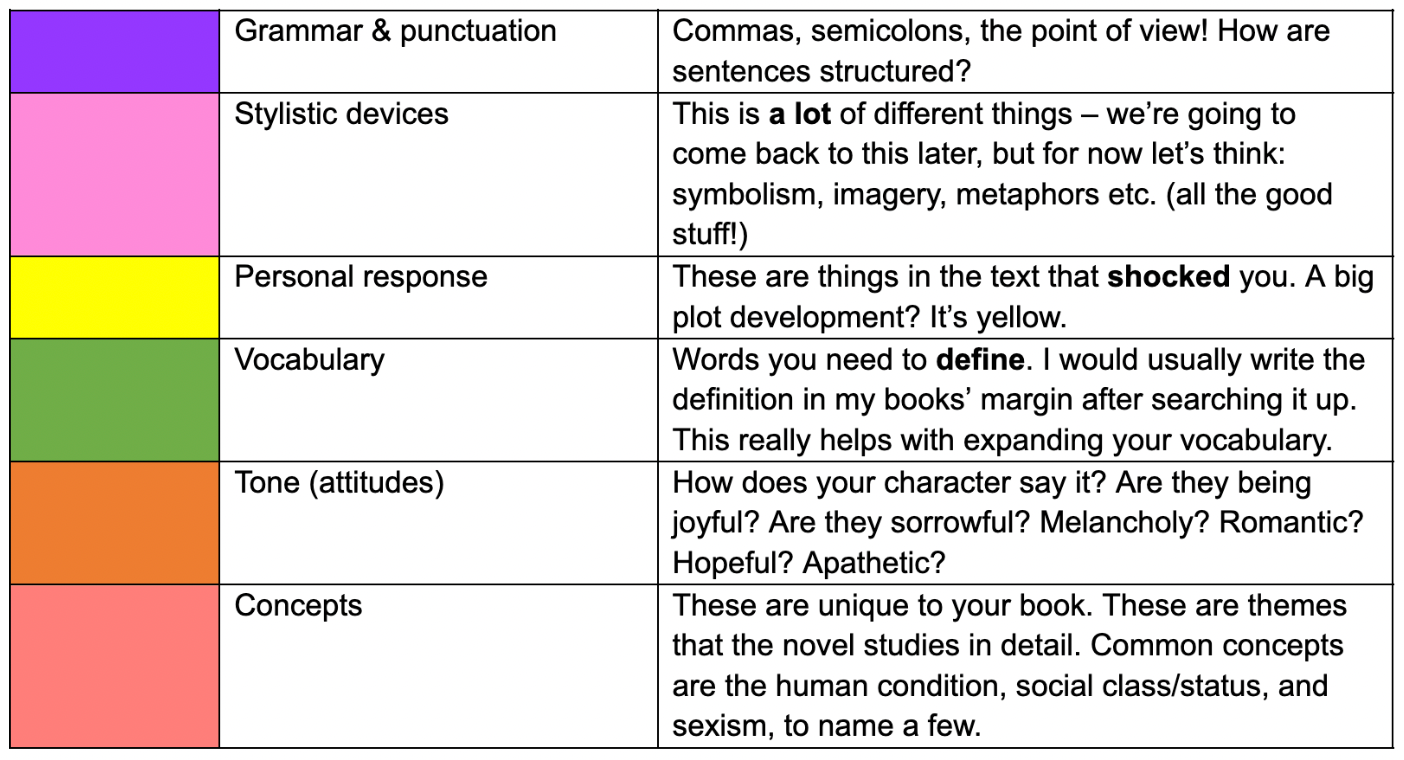
Second round of Annotation
Once I get a good understanding of what is going on, I then go over it again, this time focusing on just the key themes I want to explore more (basically the themes you plan to write about in your essay).
To break ideas down better I used a table to structure my thoughts.
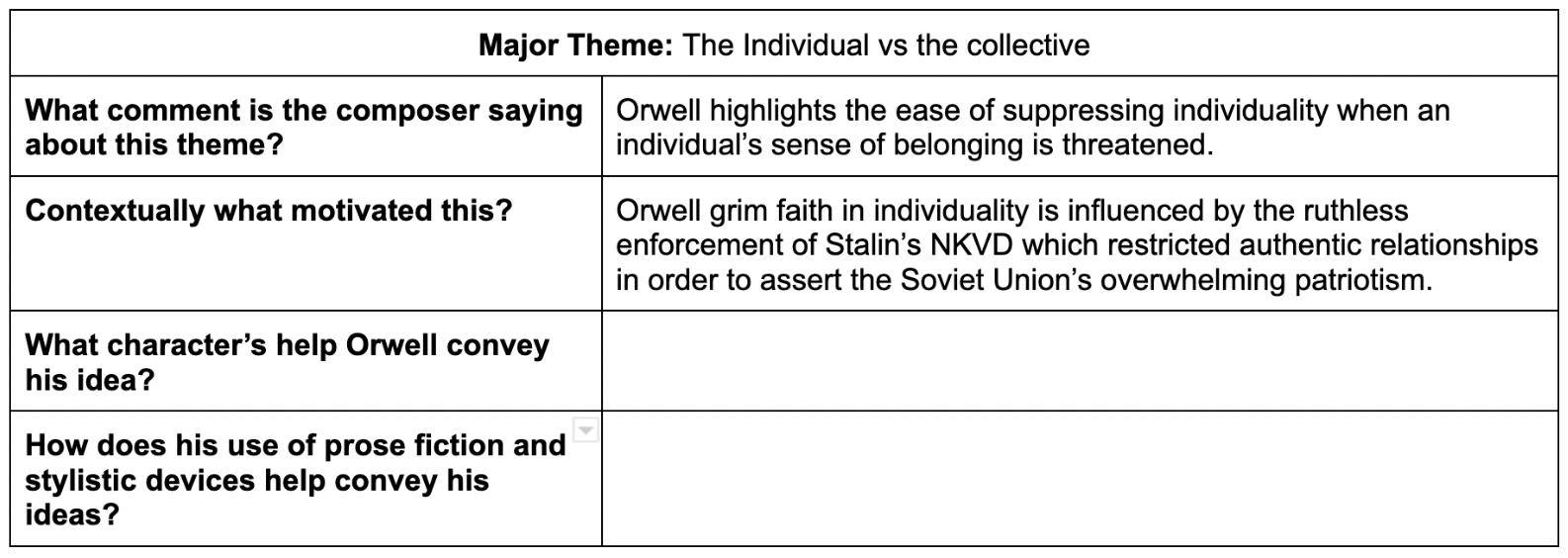
To add on from this I would start picking out quotes that would back up my claims (refer to image below):
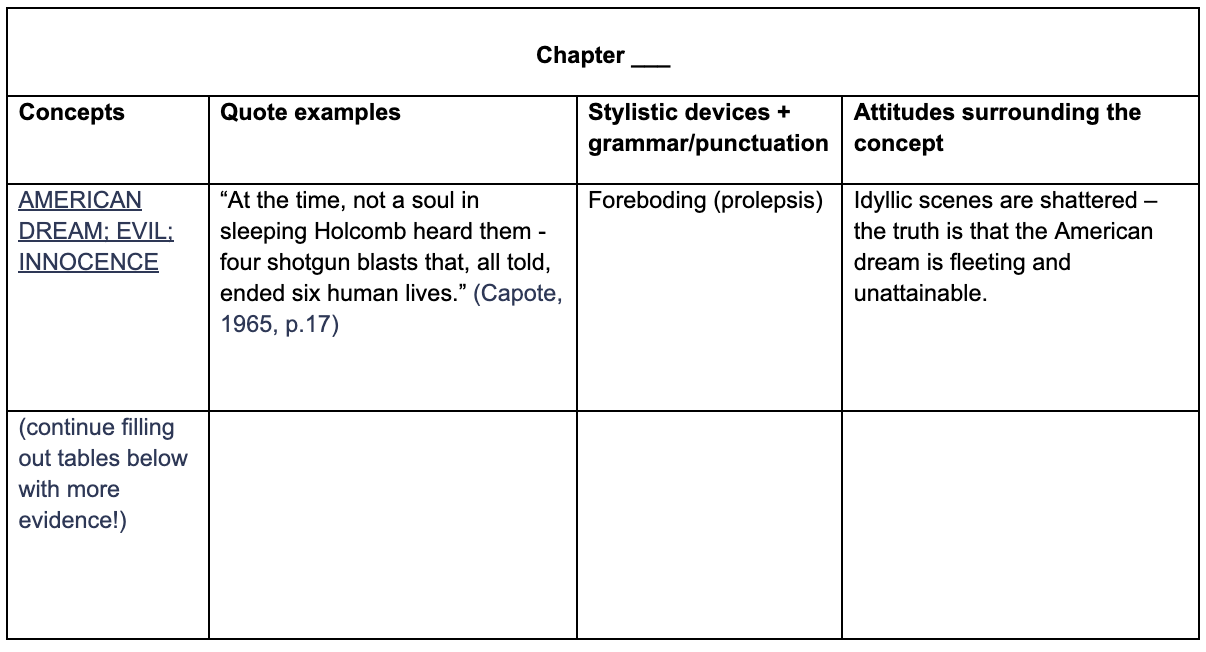
So, with these ideas in mind, here’s a flowchart to get you started on analyzing your novel!

Exemplar Band 6 Analysis
Hannah Kent’s The Good People (2016)
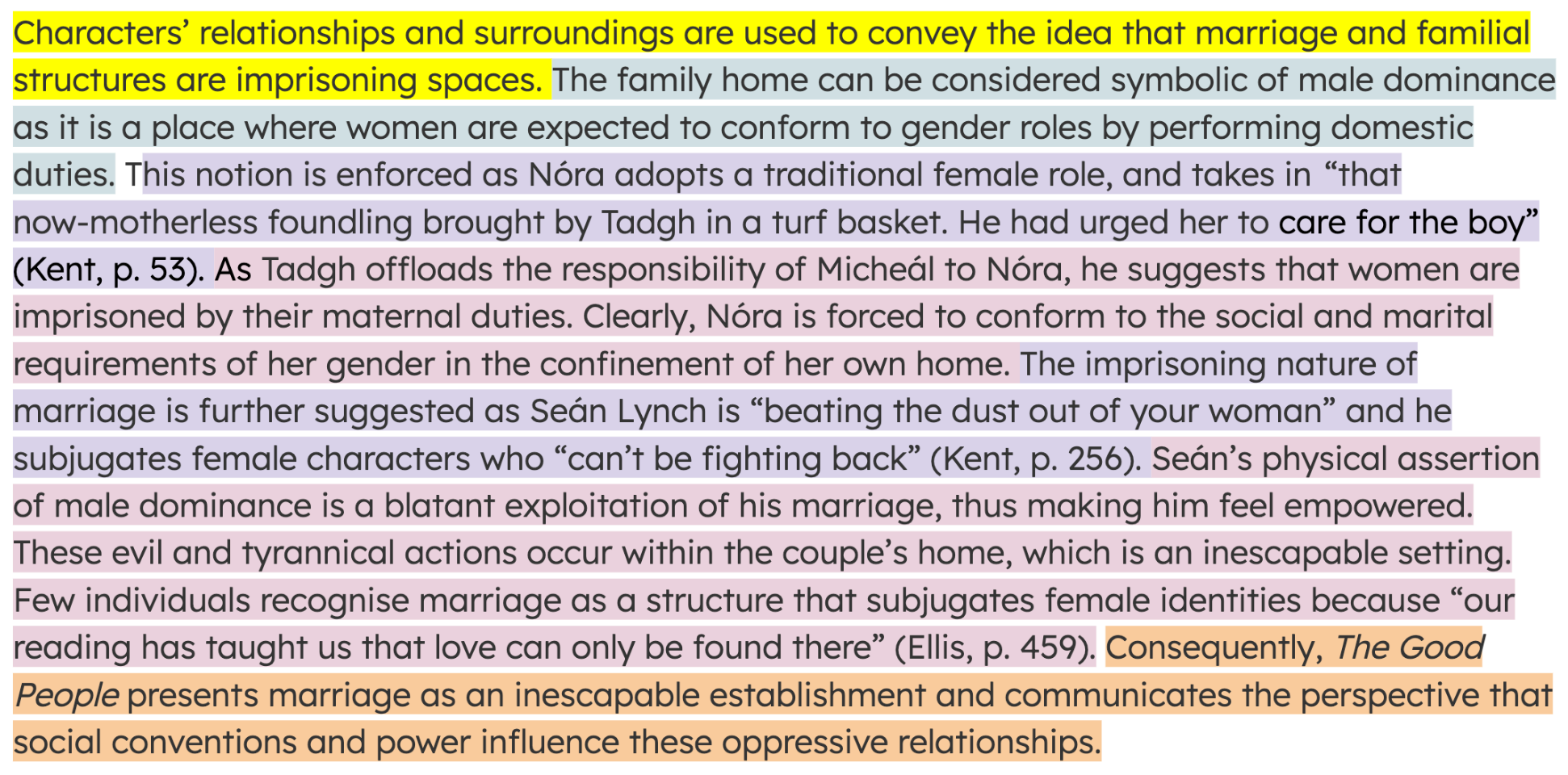

Now this all looks confronting but it with practice, it becomes second nature. Do each color one by one to ensure that every sentence you write contributes to reinforcing your topic sentences, and you have got yourself a band 6 body paragraph!
KIS Academics' YouTube video on Year 12 English Study Tips
English Literary Cheat Sheet
To help make things even easier for you, I have made a little cheat sheet with all the major techniques you should be looking out for:
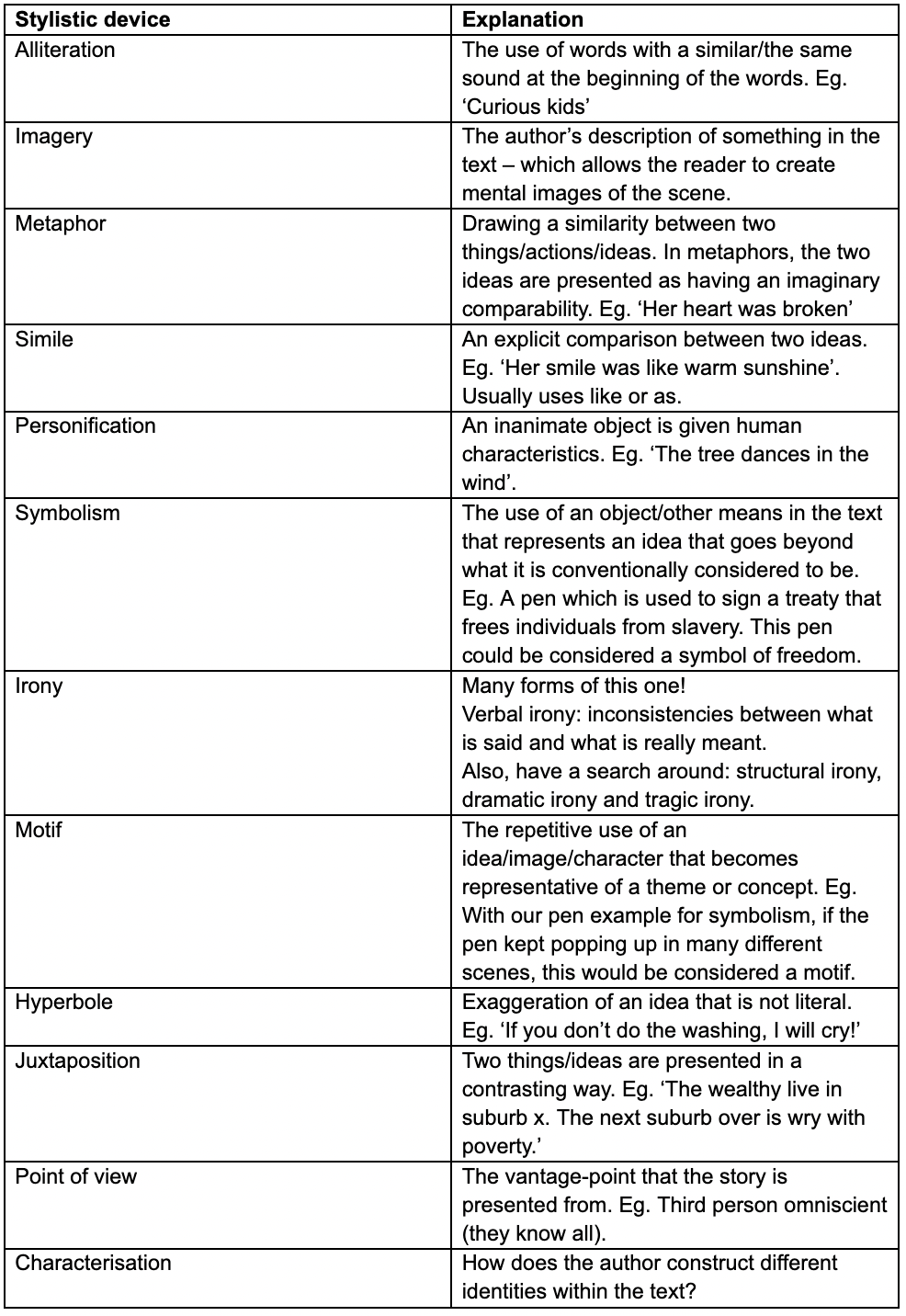
Conclusion
English and Literature do not have to be difficult. Hopefully these tips help you out, and if you are looking for more, check out these KIS Academics articles:


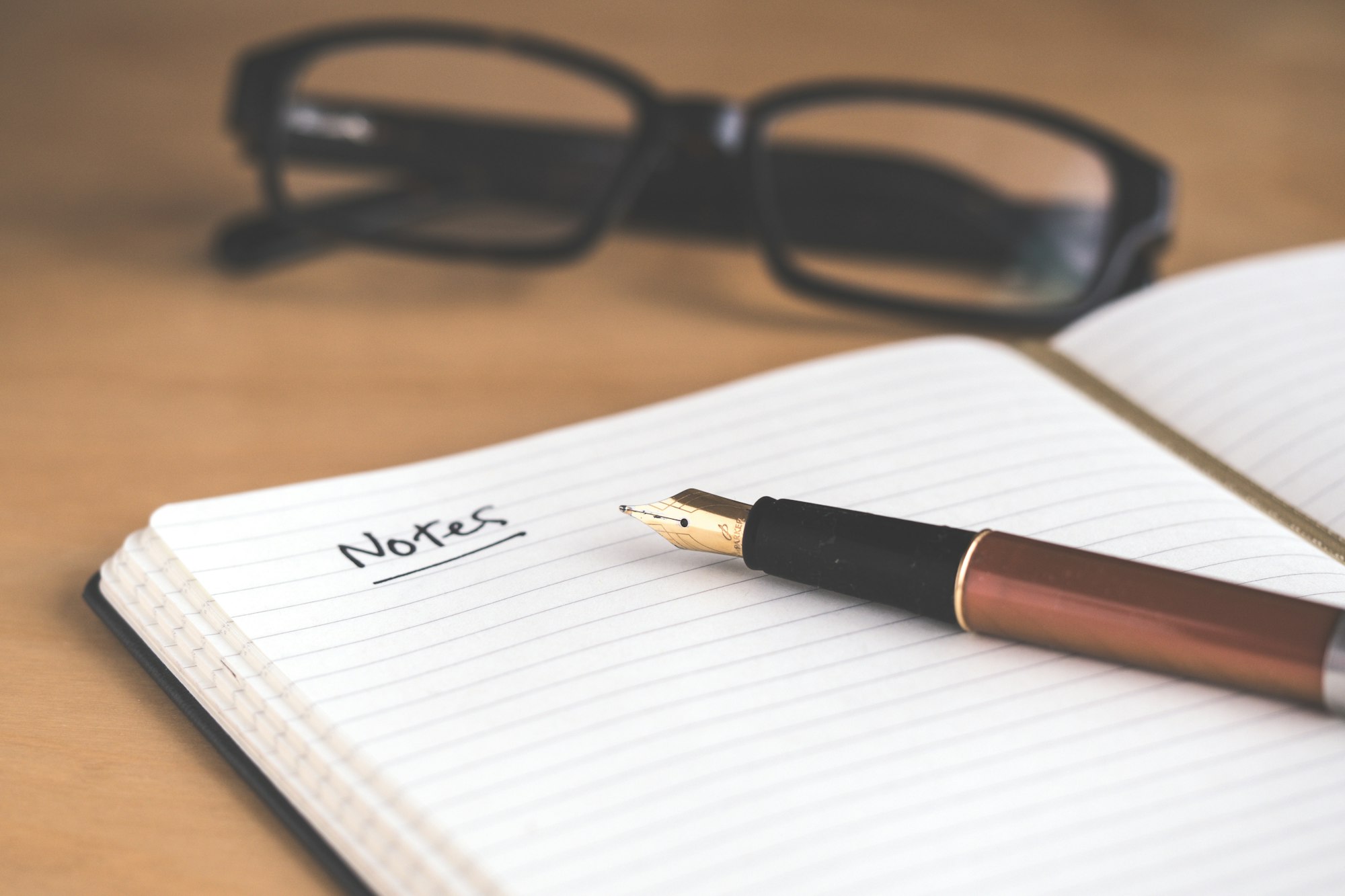
FAQs
How to write a good Body Paragraph?
A recommended structure is TEEL (Topic sentence, Evidence, Explanation, Link).
Students should:
- Start with a main idea about the text.
- Integrate specific evidence (quotation or technique).
- Explain how that evidence supports the argument.
- Link back to the question or thesis.
Find out more in this article.
Do I have to memorise quotes?
Yes, but selectively. Memorise short, powerful quotes that exemplify key ideas or stylistic devices. The focus should be on depth of analysis rather than quantity of quotations — quality over quantity.
Find out more in this article.
What are common mistakes I should avoid when Analyzing?
- Summarising the plot rather than analysing how meaning is formed.
- Listing techniques without explaining their effect.
- Ignoring context or author’s purpose.
- Using quotes as filler rather than integrating them meaningfully.
This article was written by KIS Academics private tutor for Literature, Sophie de Jersey. She is currently studying a Bachelor of Biomedicine (Chancellor's Scholars) at the University of Melbourne. You can view her profile here and request her as a tutor.
Want more personalised study guidance to help drastically improve your marks? A private tutor from KIS Academics can make the biggest difference! Check out what other students and parents have to say about their KIS Academics tutors:
What Our Students & Parents Say
600+ Five-Star reviews across all our tutoring programs — hear why below !👇

